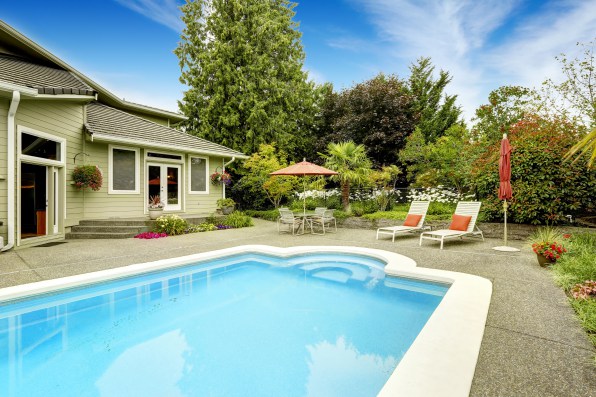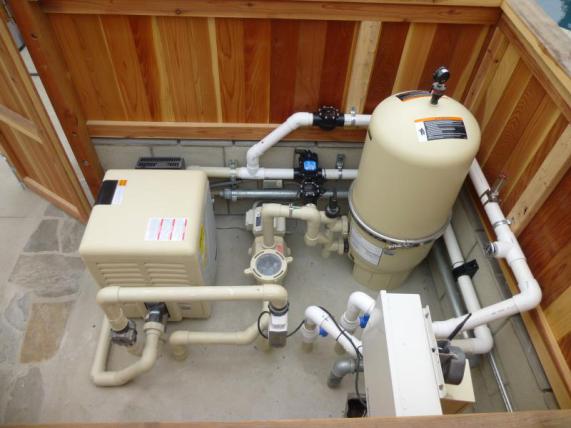Are swimming pools both water and energy hogs?

January 25, 2016 | posted by The Institute
Source: CPS Energy
By: John Moreno

Thinking about swimming pools may be the last thing on your mind in the winter, but there’s never an off-season for lowering your energy bill. And, pools are water and energy hogs, according to a recent study of more than 350,000 San Antonio homes.
University of Texas at San Antonio (UTSA) associate professor of research, Afamia Elnakat, and a member of the Texas Sustainable Energy Research Institute (TSERI), concluded in a study that homes with pools use 30 to 50 percent more energy than homes without them as a result of constantly running pool pumps. It goes on to state that despite “pretty cheap” local energy costs, pool-related energy use amounts to an additional $700 to $1,000 a year.
The research is part of UTSA’s ongoing partnership with the San Antonio community and the CPS Energy Research Alliance.
“UTSA is an important partner in terms of helping us analyze the market and different technologies that allow us to add value for our customers,” says Cris Eugster, group executive vice president and chief generation and strategy officer here at CPS Energy.
Energy and water: nexus in Texas
TSERI Director Les Shephard says the study “serves as a reminder that there are many things that we can do to reduce our monthly bills, and transforming data into intelligence is key to helping us discover other not so obvious opportunities to save energy, improve performance, and provide unrivaled service to CPS Energy customers.”
“It also helps raise awareness about energy efficiency and the important connection between energy and water – the ‘nexus in Texas’!”

Swimming pools can have complex pool pump systems. Consider ways to keep them from being energy hogs.
Products and professional advice for pool pumps
The study, which looks at overall energy use in both types of homes, also serves as a conversation starter for customers to have with their pool maintenance or construction company. They can ask about ways to modify the pool pump run time.
“Pool pumps tie into our Home Manager program which allows the pump to be turned off during peak power conditions. This helps lower energy use,” said Eugster.
Leif Zars, local owner of Gary Pools, encourages consumers to ask about the energy efficiency of the equipment they are having installed.
“Consumers can save money on installation cost by going with a smaller one-and-a-half inch pipe for suction and discharge. But the friction created as water is pushed through the pipe will only cost the consumer more money in energy cost, as the pump will work harder to compensate for resistance.”
So, Zars recommends a larger two-inch pipe for less friction and lower energy bills. He also recommends more economical two-speed and variable-speed pumps over a custom one. “The average two-horsepower pump will cost $60 to $80 per month in energy. We have developed a three-horsepower pump that operates at one-fourth the cost of traditional pumps.”
The Department of Energy suggests that consumers use the smallest size pool pump possible to reduce maintenance as well as operational cost. Reduced run time can have the same effect.
Regardless of the approach, it’s clear pool owners should take action if they expect to enjoy a dip in both the water and their energy bill.








